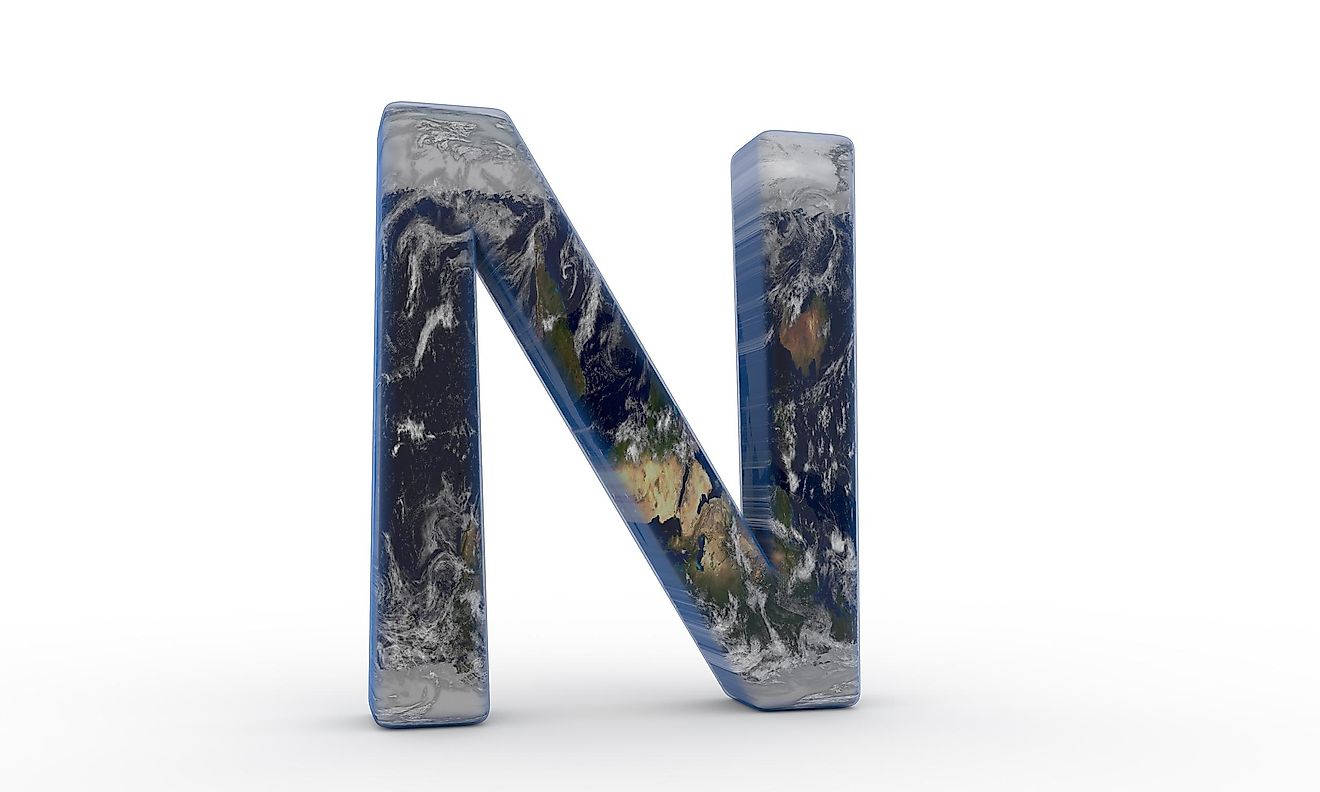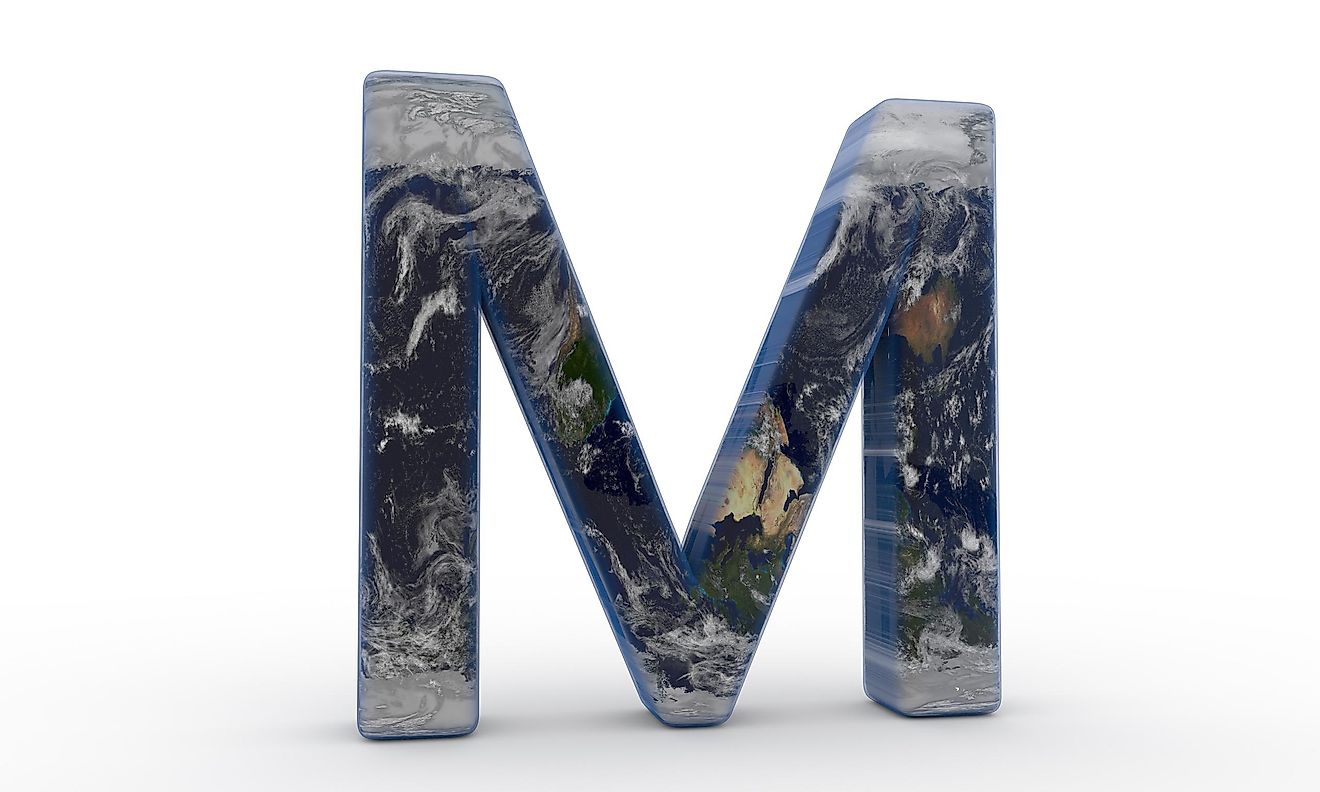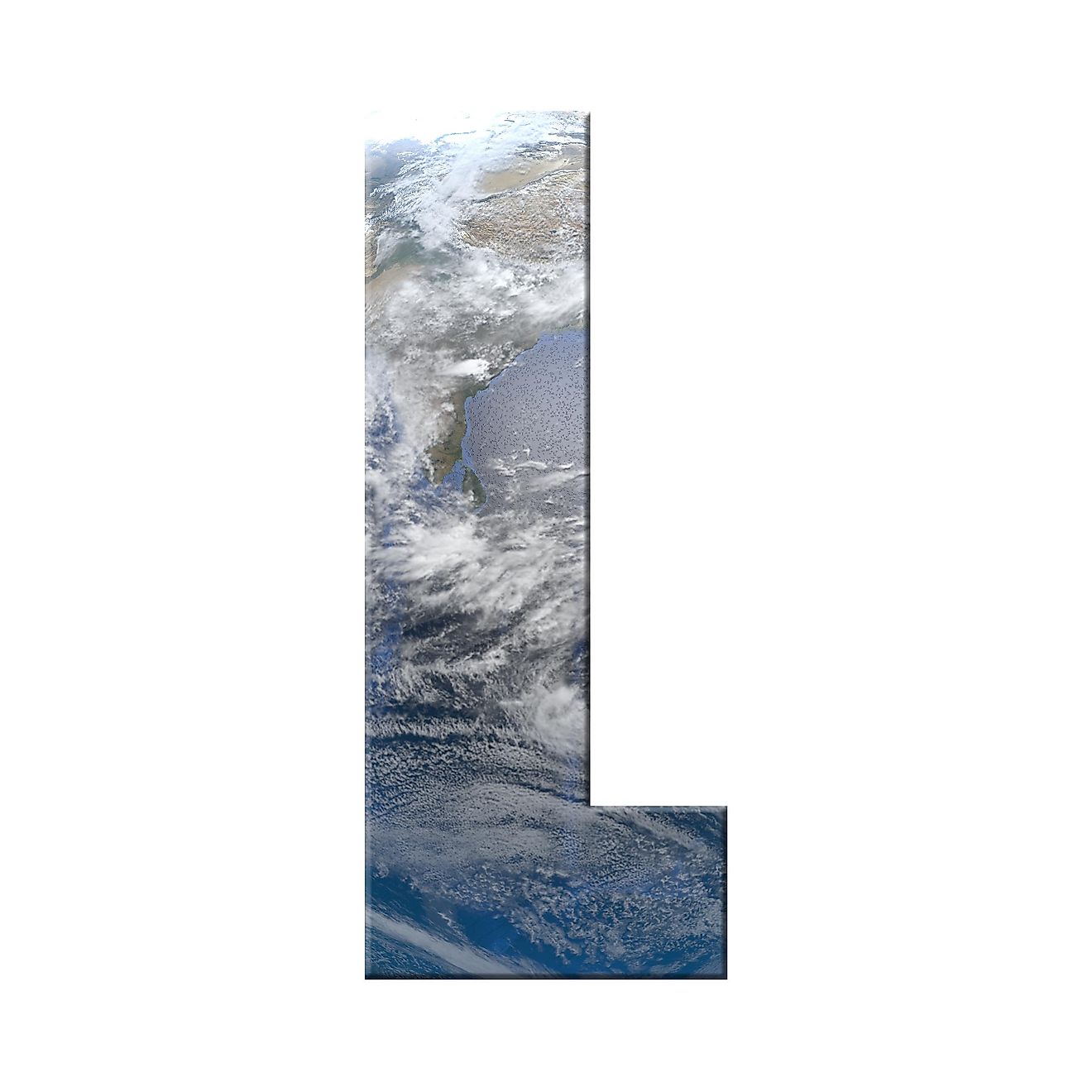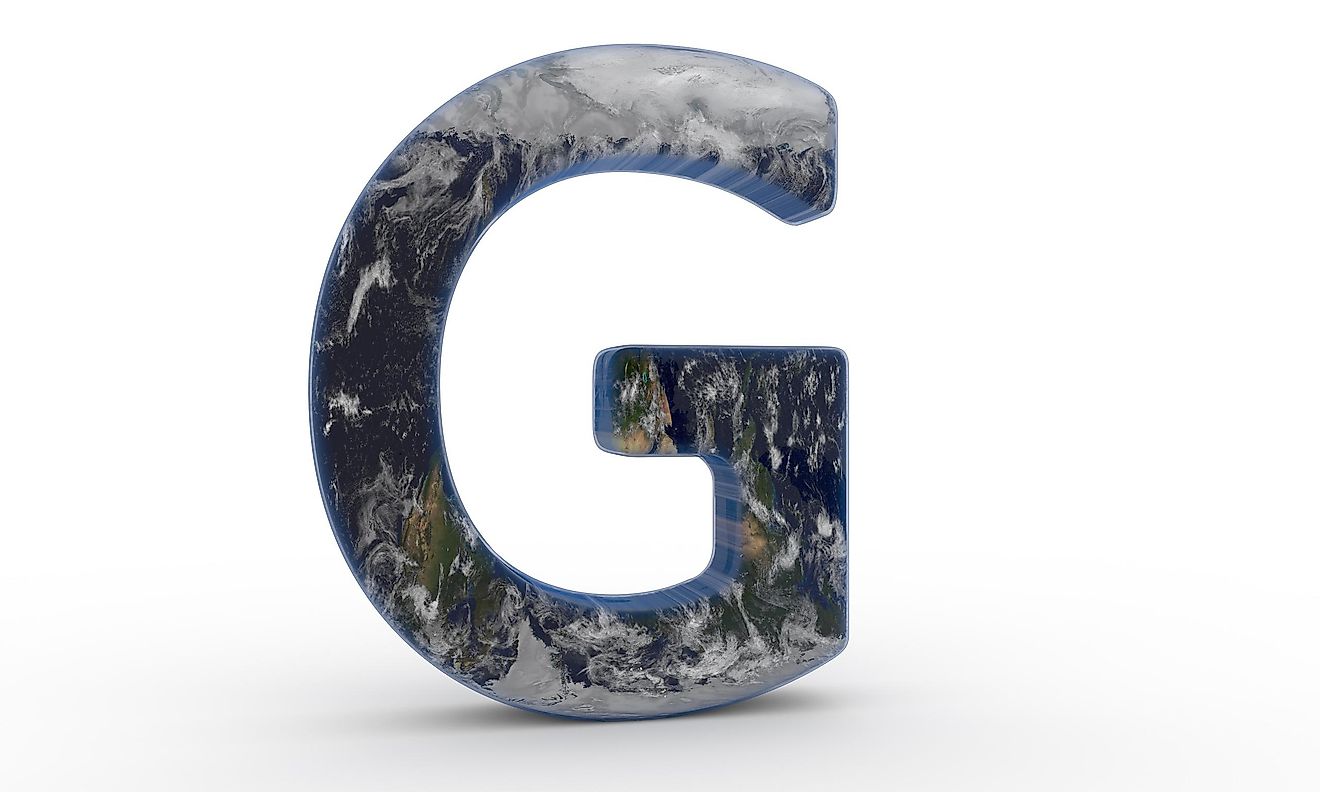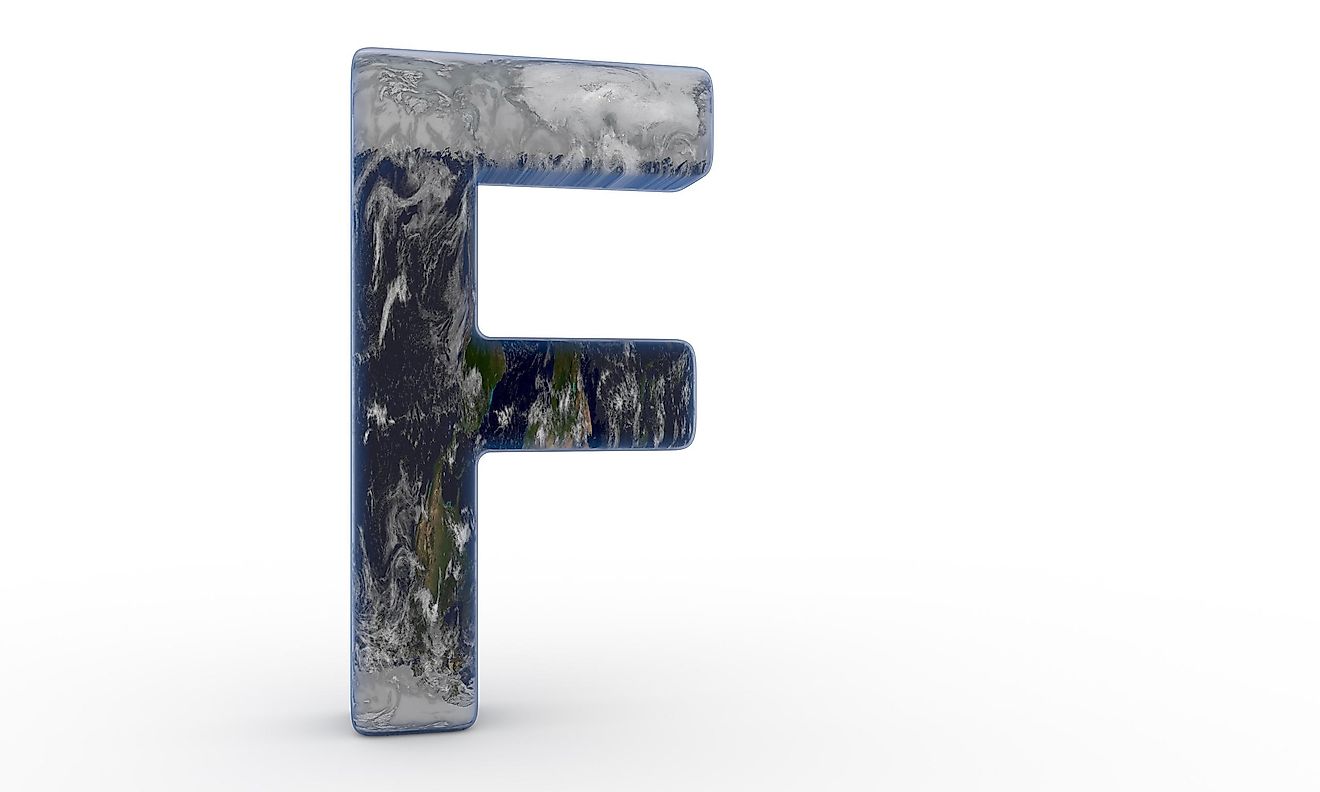
What Is The Hydrosphere?
The hydrosphere is one of the four spheres of the Earth. The term ‘hydro’ means water; thus, the hydrosphere is an aspect of our Earth that contains all the water on the planet. Not just lakes, oceans, rivers, and seas, but water on the surface, underground, and in the air. Water in the hydrosphere can also be in any of the three states: liquid, vapor, or solid (like ice).
The Three States of Water
Water in Liquid Form

Water in its liquid form includes a wide variety of bodies of water. Oceans, seas, lakes, rivers, creeks, etc., are all part of the liquid aspect of the hydrosphere. These bodies of water, whether freshwater or saltwater, are connected through the natural flow of water across the planet.
Groundwater, or any liquid water trapped below the surface, will fill spaces or pockets between rocks, sand, or sediment. Groundwater may stay under the surface of the Earth or can find its way out through natural springs. At other times, humans may need to access it from below the surface. Man-made wells, pipelines, or aquifers can access trapped water below the Earth’s surface.
Water Vapor

Water is not always found in liquid form. Steam is one of the more obvious ways we can see water change from a liquid to a vapor as it is heated - forming tiny water droplets in the air. Water vapor is water in a gaseous state that has evaporated into the air. The most common type of water vapor occurring naturally is in the form of clouds or fog.
Water vapor is a key part of how the water cycle works. Without evaporation, water could not rise into the air, form clouds, move around the Earth (in the atmosphere), and fall back down once it becomes too heavy with moisture in the form of rain. In other words, water vapor is the primary way water is redistributed on Earth.
Solid Water (aka Ice)

Water is not usually thought of as a solid, and only 1.7% of the Earth’s water is in a solid state, in the form of ice. This ice includes all forms of frozen water, from the ice sheets at the North and South poles to icebergs, ice on the top of mountains, frozen lakes in the winter, or even the ice in a freezer. Though all the ice on Earth is part of the hydrosphere, the frozen aspect is known as the cryosphere. This frozen water is 68.7% of the Earth’s freshwater, which makes it quite important. Icebergs and other solid-state water also help regulate the Earth's climate and provide habitat for several animal species and polar marine life.
The Hydrosphere and the Water Cycle:

The amount of water in the hydrosphere never changes; only its state can change. This means we never gain any more water or lose any water from our Earth. Instead, water is constantly moving and changing around the planet, in what is called the Water Cycle. The water cycle allows water to circulate all over the planet, changing state as it does so. Water in rivers and streams may flow into larger rivers or lakes. In winter, the same lake may freeze over and become solid. Similarly, water can also evaporate and fall back down elsewhere.
Rain is the result of vapor rising up in the sky. When water evaporates, it collects with other water molecules to form clouds. Once enough water has collected, the cloud becomes too heavy to maintain its form, and water begins to fall as rain. In the same way, melting ice and polar ice caps do not add water to the Earth; they are just adding to the amount of liquid water. This causes rivers, lakes, and even ocean levels to rise as the frozen water is displaced.
Impact
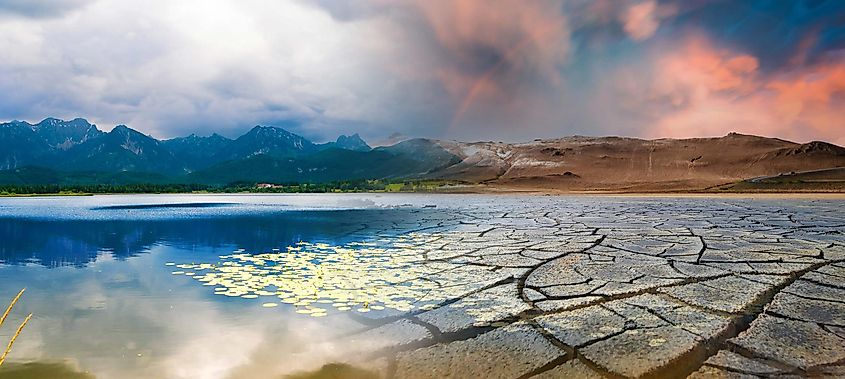
Understanding the Hydrosphere can further our knowledge of climate change and weather patterns. If we have more water in a liquid state, this can impact rain patterns, cloud formations, and more. The hydrosphere also directly affects all the biomes and species that rely on these various sources of water for life. More than 70% of the Earth is made up of water, and it is essential to all life on the planet. Protecting it, understanding it, and keeping it safe are critical to ensuring the long life of our great Earth.



